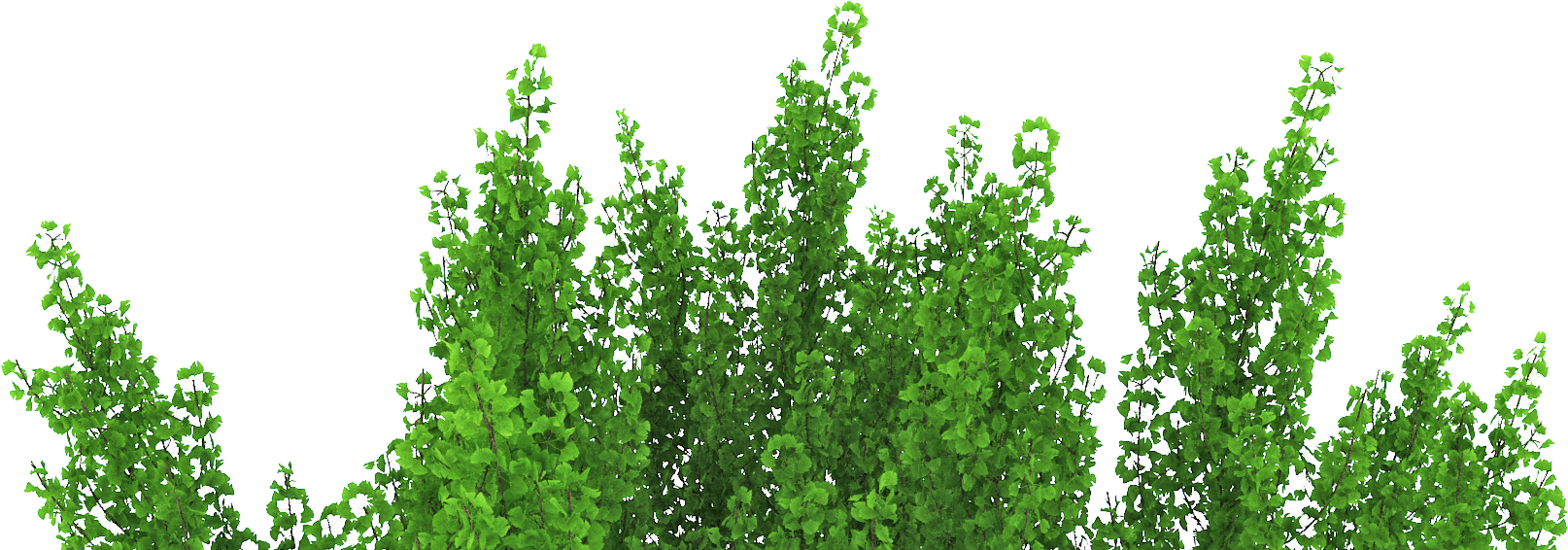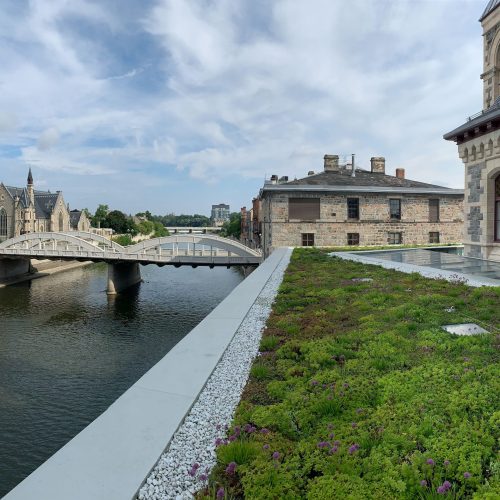
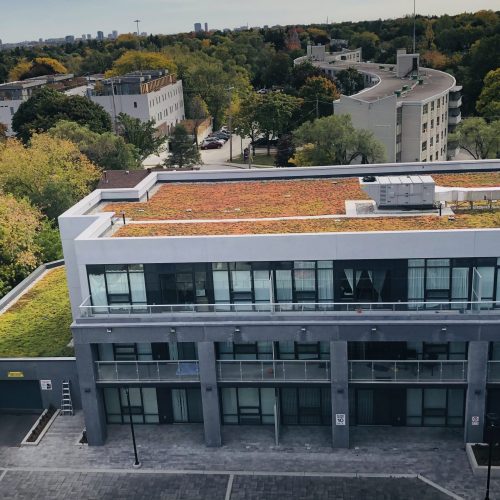
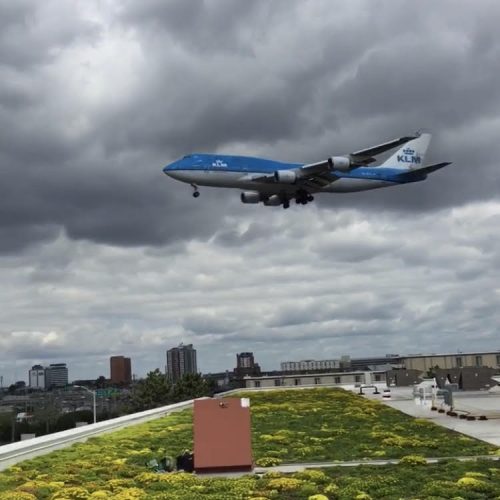
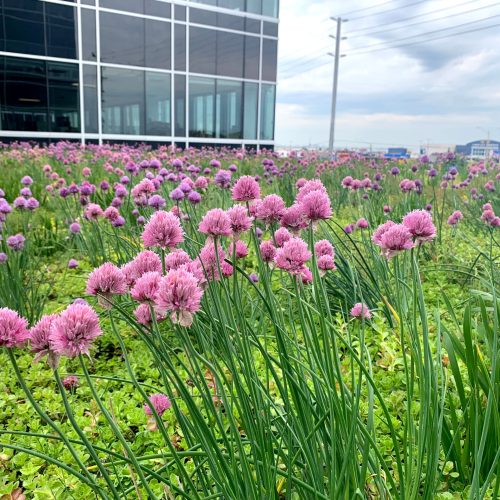
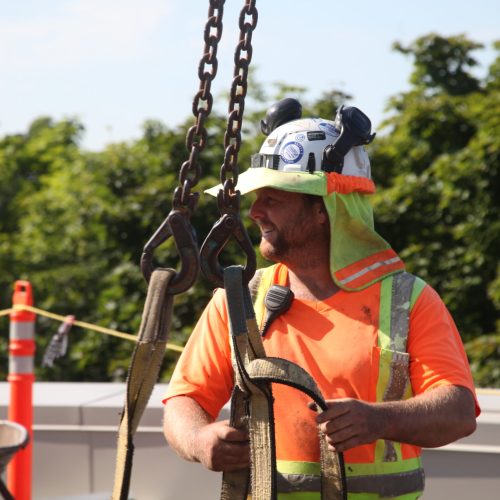
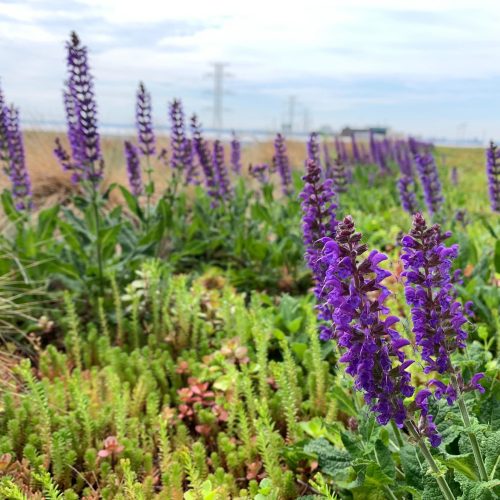
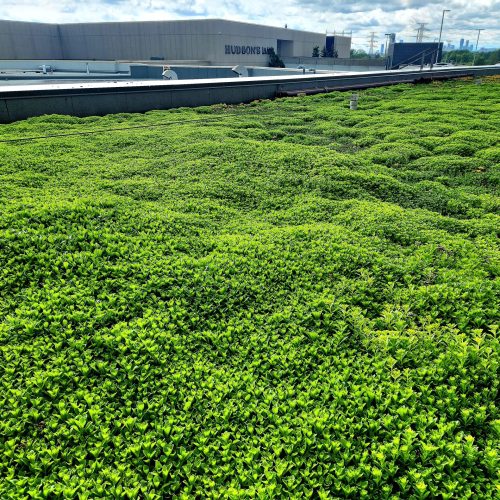

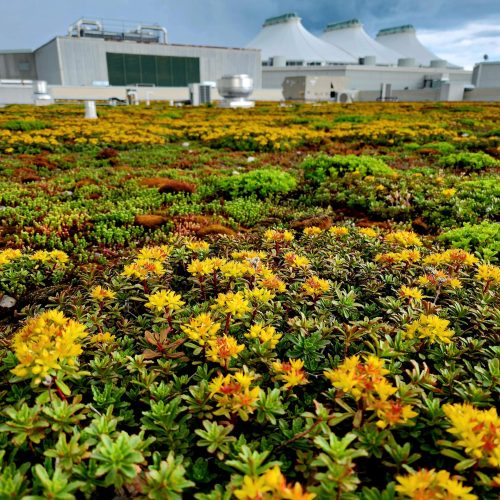
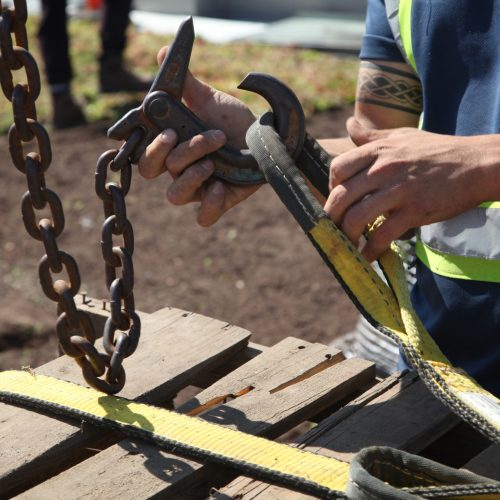
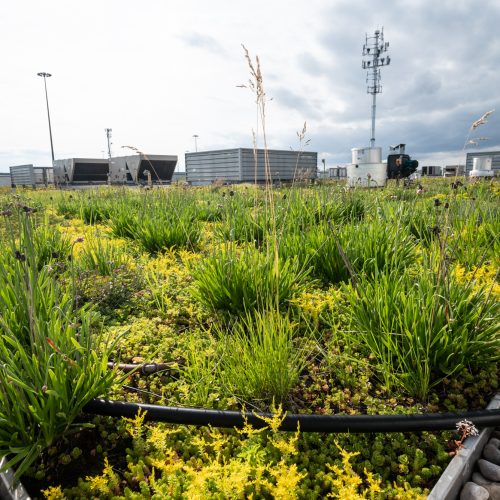
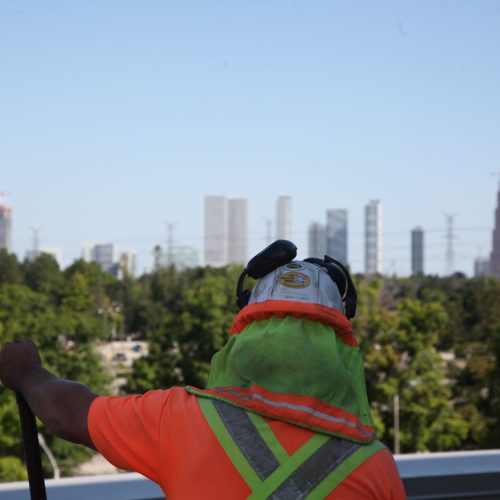
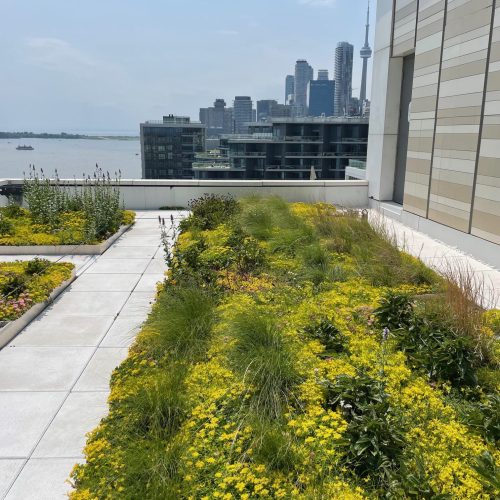
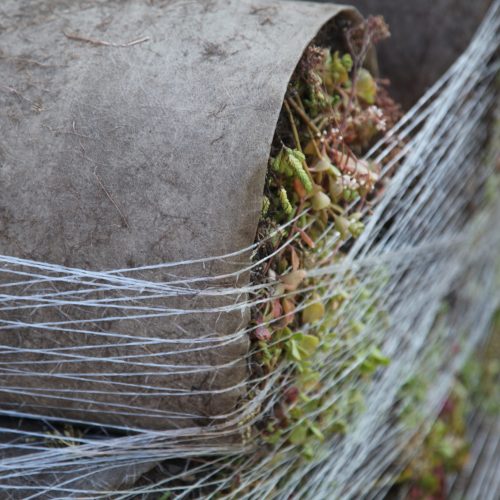
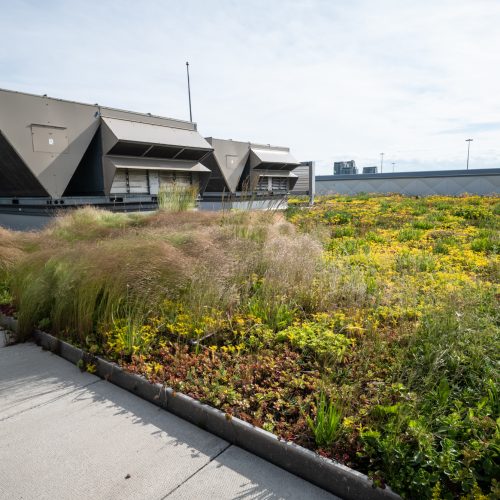
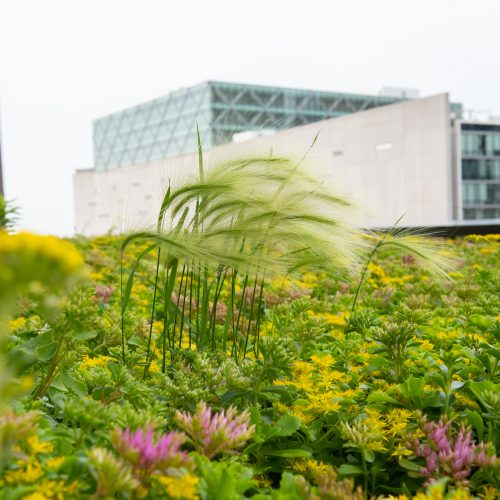

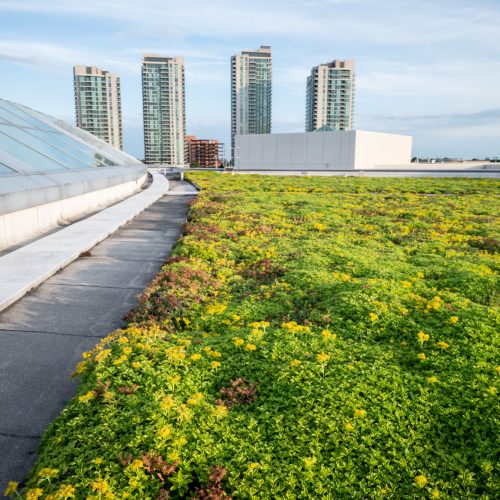
Our industry experience is well established.
We focus on working with developers and construction companies to provide service based on their green building envelope needs. With our considerable experience installing vegetated roof systems we guarantee that it is done right and efficiently.
The first step is to assess the supporting structure including size, slope, orientation and drainage. This determines what materials, labour and green roof system best meets the design objectives.
GINKGO can recommend whether to build an extensive, semi-intensive, or intensive green roof. The primary difference between the types is the depth of the growing media or substrate, which determines what plant types can be grown. Extensive green roofs are the most lightweight and grow a limited variety of plants. Semi-intensive roof systems are well-suited to grasses and wildflowers, and intensive roofs can support the greatest variety of plantings including other landscape features, such as paved stone pathways and trees.
Our services are available across Canada, and in Ontario we can proudly say that over one-third of all green roofs have been installed by GINKGO.
Here are a few key elements to consider.
What is a green roof and why should I get one?
A green roof is an extension to a building’s roof that incorporates living plants, a growing medium, drainage layer, root barrier and high-quality waterproofing membrane. Also known as living roofs, vegetated roofs and eco-roofs, green roofs have many benefits. They promote biodiversity by introducing a variety of plant species to new habitats and attracting pollinators like birds and insects. They contribute to stormwater management. During rain and snowstorms green roofs reduce the volume of precipitation runoff and reduce peak flows, effectively diverting stormwater from wastewater management facilities. Plant evapotranspiration cools ambient air temperatures, reducing building energy consumption and mitigating the urban heat island effect.
Toronto was the first municipality in North America to introduce a by-law (Chapter 492 of the Toronto Municipal Code) that mandates green roofs on new buildings that have over 2,000 square meters of gross floor area. The size of the green roof depends on the gross floor area. To comply the green roof must achieve 80% vegetated coverage within three years of planting. Our maintenance team works with building management teams to ensure this coverage is achieved.
Are there different types of green roofs? How do I know which type is best for me?
Green roofs can be intensive, semi-intensive, and extensive. Extensive green roofs have a lower depth of growing medium (less than 6”) and can require less maintenance and irrigation.
Intensive green roofs have a high growing media depth (over 6”). They can support a greater network of biodiverse species and may require more maintenance than an extensive roof.
Green roofs are further classified by their system type. For example, vegetation can be grown and installed in modules, rolled out in pre-vegetated mats, or built in place.
GINKGO works with all the major systems and our teams are manufacture trained to install them. All systems differ in terms of growing medium depth, components, and vegetation type.
Which system is right for you depends on many factors. The engineered structure of the building will determine how much weight it can support. The other choices such as aesthetics, the variety of plants, and the price point of the total system will help determine the customization you want. As a guideline, more intensive green roofs generally are heavier and more costly, but they can also be more resilient. Our project managers will work with you to recommend a system suited to your project and your budgets.
Is the green roof eligible for a government grant?
Yes, but policies are specific to municipalities, and most don’t have bylaws or green roof policies. Toronto’s Eco-Roof Incentive program issues the grant three years after the initial planting is done. It requires that the roof has a minimum vegetated coverage of 80% of the surface area, verified by a site visit from a city inspector.
We are often approached by property managers and developers for vegetation repairs on green roofs we have or haven’t installed, to ensure that the mandated coverage threshold is achieved, allowing payment to be issued.
Does a green roof need irrigation?
Most green roofs are designed to be drought-tolerant but in the first two years we recommend additional irrigation and maintenance attention until the vegetation is well established. Water access is fundamental and usually achieved through hoses and sprinklers hooked up to a timer to be released at appropriate intervals.
Extensive or sedum only green roofs can manage without additional irrigation after the roots have been established. Intensive green roofs with diverse vegetation like trees, shrubs, flowering perennials and grasses can be less tolerant. These roofs are generally more visible, and accessed by people who use them as common amenity spaces, and therefore require a permanent irrigation system to keep the plants healthy.
Green roof irrigation schedules are different from landscape irrigation schedules mainly due to soil type and should be set with the consultation of a Green Roof Professional (GRP).
Monday to Friday, 8am to 5pm
